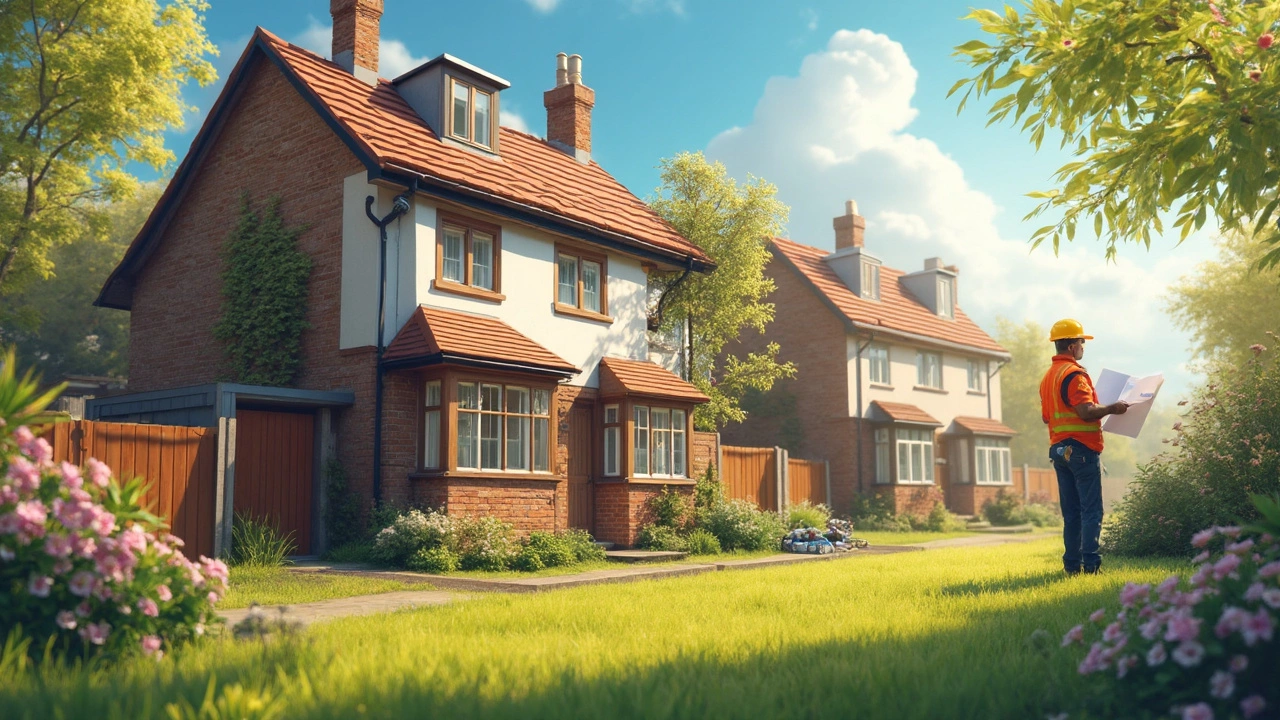Stabilizing Structures: Your Go‑To Guide for a Safer Building
If you’ve ever noticed a crack in your wall or a dip in your floor, you know how quickly worry can set in. The good news is that most structural issues are fixable when you act fast and know the right steps. This page pulls together the most useful advice from our experts on how to keep any building solid, whether it’s a new‑build home or an older property.
Why Structural Stabilization Matters
Every building rests on a foundation that bears the weight of walls, roofs, and everything inside. When that foundation shifts – because of soil movement, water damage, or even poor initial construction – the whole structure can start to wobble. Small hairline cracks in drywall might just be cosmetic, but a horizontal crack in a concrete slab is a red flag. Ignoring it can lead to costly repairs, lower resale value, and, worst of all, safety hazards for occupants.
Our own research shows that fixing a foundation early can save you up to 70% of the expense compared to waiting until the problem spreads. That’s why spotting the signs early – like uneven floors, doors that stick, or cracks that grow wider over weeks – is essential.
Top Methods to Stabilize Your Building
1. Choose the Right Cement Mix. Not all cement is created equal. For foundation repairs, a high‑strength mix with low shrinkage is the gold standard. It bonds better with existing concrete and resists future cracking. Look for blends that include silica fume or fly ash for extra durability.
2. Install Steel or Carbon Fiber Reinforcements. When a wall or slab shows persistent movement, adding steel plates or carbon‑fiber strips can dramatically increase stiffness. These materials spread loads across a larger area, reducing stress on the weakened spot.
3. Use Helical Piers or Push‑piers. If the soil beneath your foundation has settled, pushing steel piers deep into stable ground can lift and hold the slab back in place. This method is quick, often completed in a single day, and works for both residential and commercial projects.
4. Proper Drainage and Soil Management. Water is the sneakiest enemy of any foundation. Make sure gutters direct water away from the house, install French drains if the soil stays soggy, and keep landscaping slopes gentle. A dry foundation stays stable.
5. Regular Inspection and Maintenance. Set a reminder to walk around your property twice a year. Check for new cracks, monitor existing ones with a simple measuring tool, and note any changes in door operation. Early detection keeps repair costs low.
Every method above ties back to a core principle: keep the foundation dry, strong, and evenly supported. By combining the right materials with proper installation, you’ll give your building a solid backbone that can handle everyday wear and unexpected shifts.
Need more detailed steps? Our articles on "Horizontal Foundation Crack Repair Cost" and "Best Cement Types for Foundation Repair" dive deep into pricing, material choices, and DIY tips. Whether you’re a homeowner tackling a small crack or a contractor planning a large stabilization project, the guidance here will help you make confident decisions.
Remember, a stable structure isn’t just about avoiding headaches – it protects your family, preserves your investment, and keeps you compliant with local building codes. If you spot any of the warning signs mentioned, reach out to a qualified specialist before the problem escalates.
Stabilizing structures may sound technical, but with the right information and a proactive approach, you can keep any building safe, sound, and ready for the years ahead.

